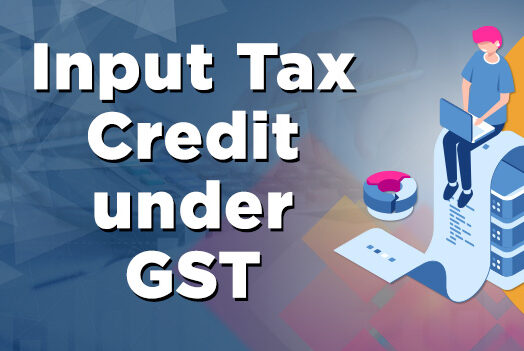Input Tax Credit (ITC) in India is a cornerstone of the Goods and Services Tax (GST) regime, allowing businesses to offset taxes paid on inputs against output tax liability. understanding ITC is vital for businesses. What is it, and how can it be leveraged? Let’s break it down.
What Is Input Tax Credit?
Introduced under the GST Act, 2017, ITC enables registered businesses to claim credit for GST paid on purchases of goods or services used for business purposes. For example, a manufacturer paying ₹18,000 GST on raw materials can deduct this from the ₹30,000 GST charged on finished goods, paying only ₹12,000 to the government. In 2024, 1.5 crore GST-registered businesses claimed ITC, per Business Standard, thus reducing tax burdens and enhancing cash flow.
Benefits: Cost Reduction and Compliance
ITC lowers the cost of goods and services by eliminating tax cascading. It is a key GST objective—business input costs dropped 10% since 2017, per IBEF. It promotes compliance by requiring invoices and GSTIN verification, reducing tax evasion. ITC also boosts liquidity, aligning with 20% SME credit growth in 2024, per IBEF. In addition, it encourages digital invoicing, with 80% of businesses using e-invoicing in 2024.
Eligibility and Key Rules:
- Eligibility: Your Business must be GST-registered, possess valid tax invoices, and also receive goods/services, per Section 16 of the GST Act.
- Conditions: You must use the input for taxable supplies, not exempt goods. You must claim the ITC within the due date of the September return of the next financial year or annual return, whichever is earlier, per CBIC.
- Documentation: File GSTR-2B for ITC reconciliation and match with supplier’s GSTR-1, per GST rules.
- Restrictions: ITC is disallowed on personal use, capital goods for non-business purposes, or blocked credits (e.g., restaurant services), per Section 17(5).
Non-compliance risks penalties up to ₹25,000 under Section 122.
Who Benefits:
Input Tax Credit in India benefits manufacturers, traders, service providers, and SMEs under GST, especially those with high input costs. In 2024, 60% of GST filers claimed ITC, per IBEF. Use software like Tally or ClearTax for accurate reconciliation and also consult a GST advisor for complex cases. Learn more at the GST website.
Conclusion:
Input Tax Credit in India optimizes tax efficiency and cash flow, but demands strict compliance and timely filing. Understanding ITC is Important as it enables registered businesses to claim credit for GST paid on purchases of goods or services used for business purposes. Ready to maximize your GST benefits? Explore more tax insights now!
– Ketaki Dandekar (Team Arthology)
Read more about Input Tax Credit here – https://groww.in/tax-credit
